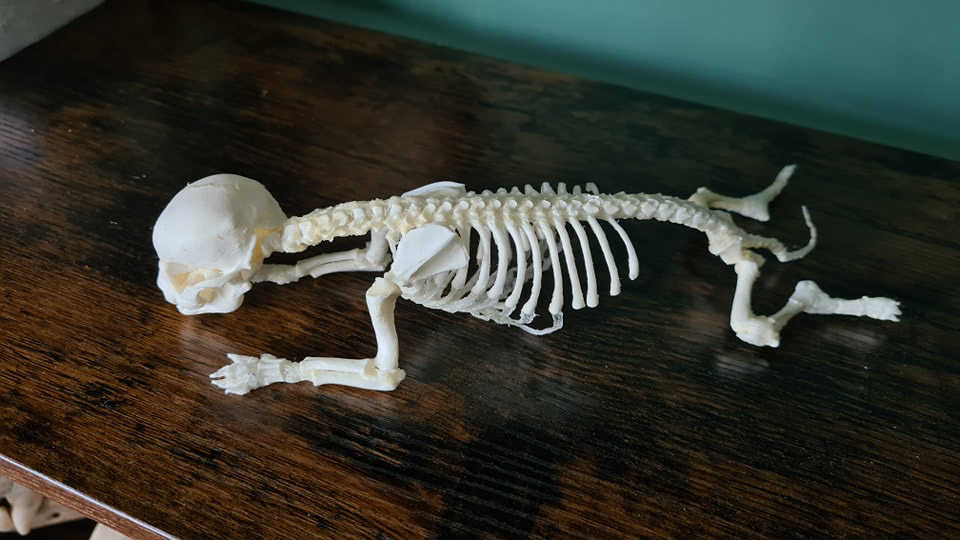What is Oxidation?
Oxidation is the preparation of ligamentary skeletons using Hydrogen Peroxide (H2O2). I learned this method through reading Lee Post's online guides and books while modifying his method to suit my workspace and needs.
There are various methods of Oxidation, timescales for soaking, percentages of chemical concentrations, etc. In the group 'Oxidation Nation' on Facebook, I have seen methods using acetone or ammonia to degrease, but I have found ammonia to be more readily available and more cost-effective than acetone.
The method of Oxidation is essentially using an ammonia solution to draw out blood and grease followed by concentrated hydrogen peroxide soaks to dissolve the soft tissue from around a skeleton, leaving the whitened ligamentary skeleton behind. It is particularly useful for small specimens such as Shrews, Moles, Rats, and Lizards, as well as stillborn or young animals where their skeleton is made up of mostly cartilage.


Oxidation is a method full of trial and error, some methods will work for some and not for others, it entirely depends on your time restraint, the size of the specimen, and what workspace you have (if you have better access to well ventilate areas and the appropriate PPE & experience, use higher concentrations, if not, stick to the lower concentrations).
The method I adapted and used is for a variety of species of different sizes, from Domestic Ferrets, newborn Pygmy Goat to tiny Parrotlets and Shrews. With some adjusting with soaking times depending on the size of the animal. My methods is based on Lee Post’s page about Oxidation, which you can read here:
I highly recommend checking out the various methods in this link also!
